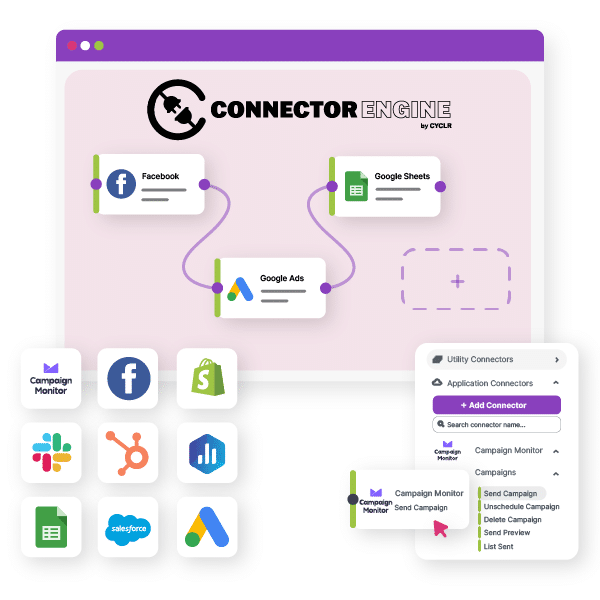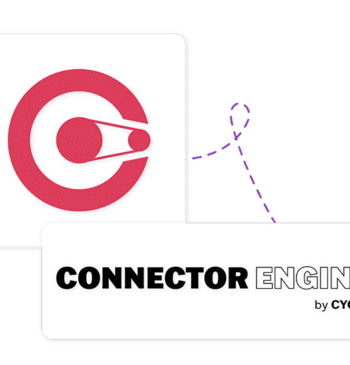02 May

…
Understanding the difference between marketing integration and automation is important as you kind of can’t have one without the other. The word integration can be somewhat technical and intimidating if you aren’t a developer. However, it is often interchangeable with automation, which in recent years is something we are all reasonably familiar with.
With numerous marketing services in your arsenal and the need to move data across two or more of your client’s systems means automation is a useful asset. However, marketing automation requires marketing integrations to enable client data movement.
So what’s the difference, if any?
Not much really, the only difference is the terminology.
But if you want to get into the nitty gritty, we would define marketing integration as a workflow to integrate different marketing applications. Building this integration requires an integration solution like ConnectorEngine. An iPaaS application where you can build and deploy integrated workflows to automate your client’s marketing processes.
As a marketing service provider, you can create a library of automation use cases for your clients. Creating these marketing integrations means you can orchestrate client data, and improve data management and data accessibility. Integrated marketing applications, also mean communication is consistent and up to date. As well as personalised to your client’s contacts.
Therefore marketing automation is the result of marketing integration. Once the marketing integration is built the marketing automation commences. In other words, manual marketing tasks are achieved with minimal to no human interaction. Common marketing automation includes email marketing, behavioural targeting, lead prioritisation and personalisation.
One example of email marketing communication is if a user signs up for your monthly newsletter. The details they have entered are added to your CRM as a new contact. Then depending on their preferences a sales lead as well. The information is also added as a marketing contact in your email marketing platform. As a result, triggers a welcome campaign email sent to their inbox confirming their subscription to your monthly newsletter.
What is an example of marketing integration & automation?
Let’s build an example of a marketing integration to help articulate the automation of things.
For our example, we are going to focus on marketing data and analytics. This is because there tends to be a lot of data across different platforms. Clients will have data in Google Analytics, Google Ads, Google Search Console, MailChimp, Salesforce and many other applications.
You receive a request from a client to provide an amalgamation of behavioural data. This data is situated on Google Ads as well as Google Analytics and Search Console. They would like this data to be presented in a single dashboard. As it will provide them with a single view or report of their advertising efforts.
Building this marketing integration can result in time saved, manual task reduction, and improved accuracy and organisation. It also means your clients can actively and accurately track their marketing efforts and campaign performance. As well as inform their decision-making and advertising strategy.
How can a multi-tenanted iPaaS help your marketing services?
An iPaaS like ConnectorEngine can help your marketing services. It does so by providing you with the right tools to connect to over 400 applications. Then build client marketing integrations in minutes. In other words, this single ecosystem can help you manage all of your client’s data flows in segregated accounts in a multi-tenanted environment.
As a result, you’ll improve customer experience, save time, and increase revenue at the same time as scaling.


